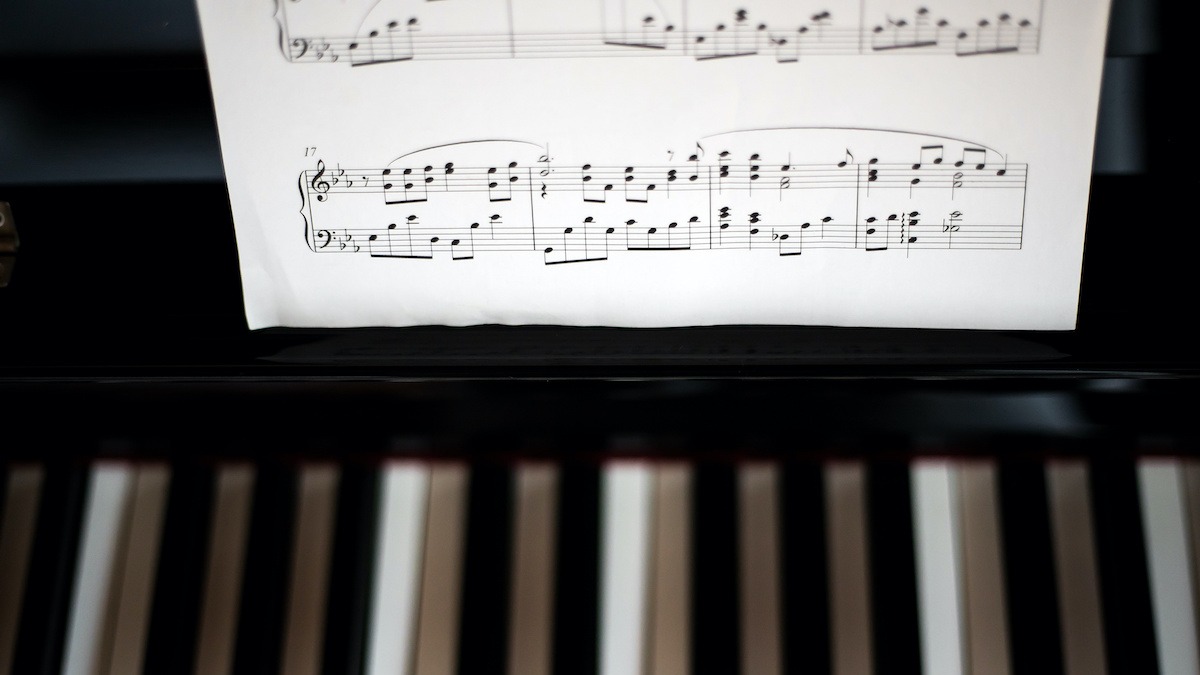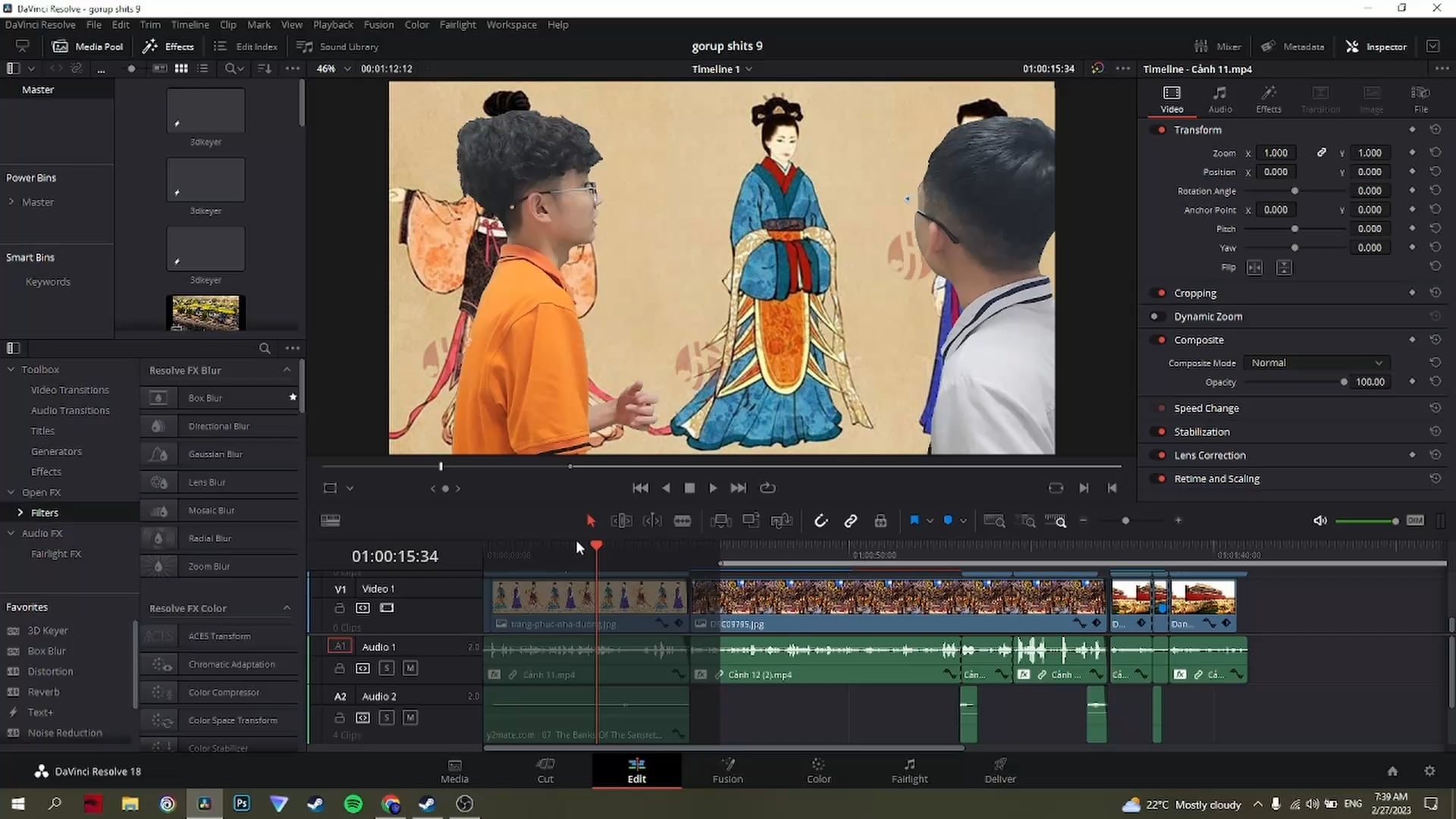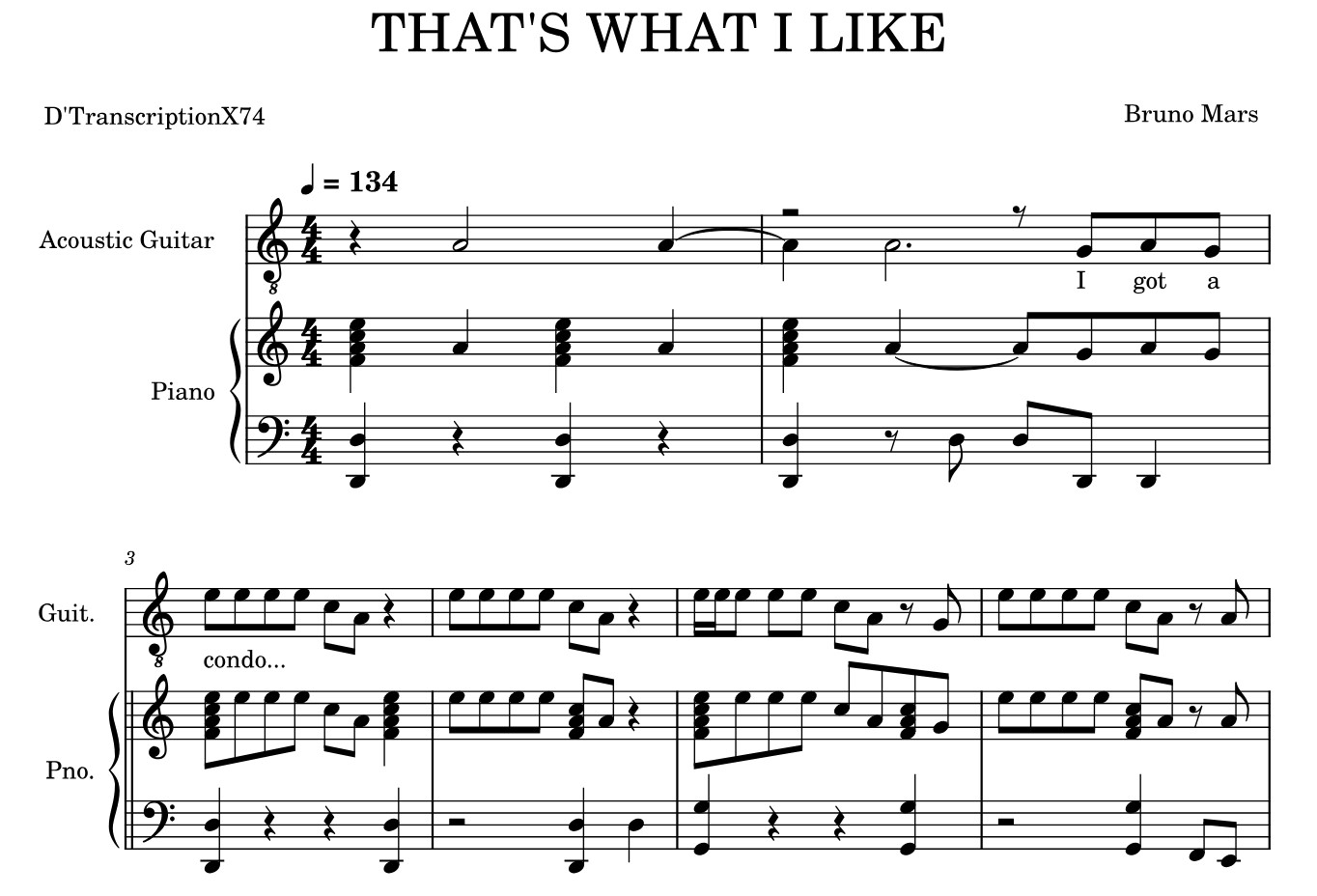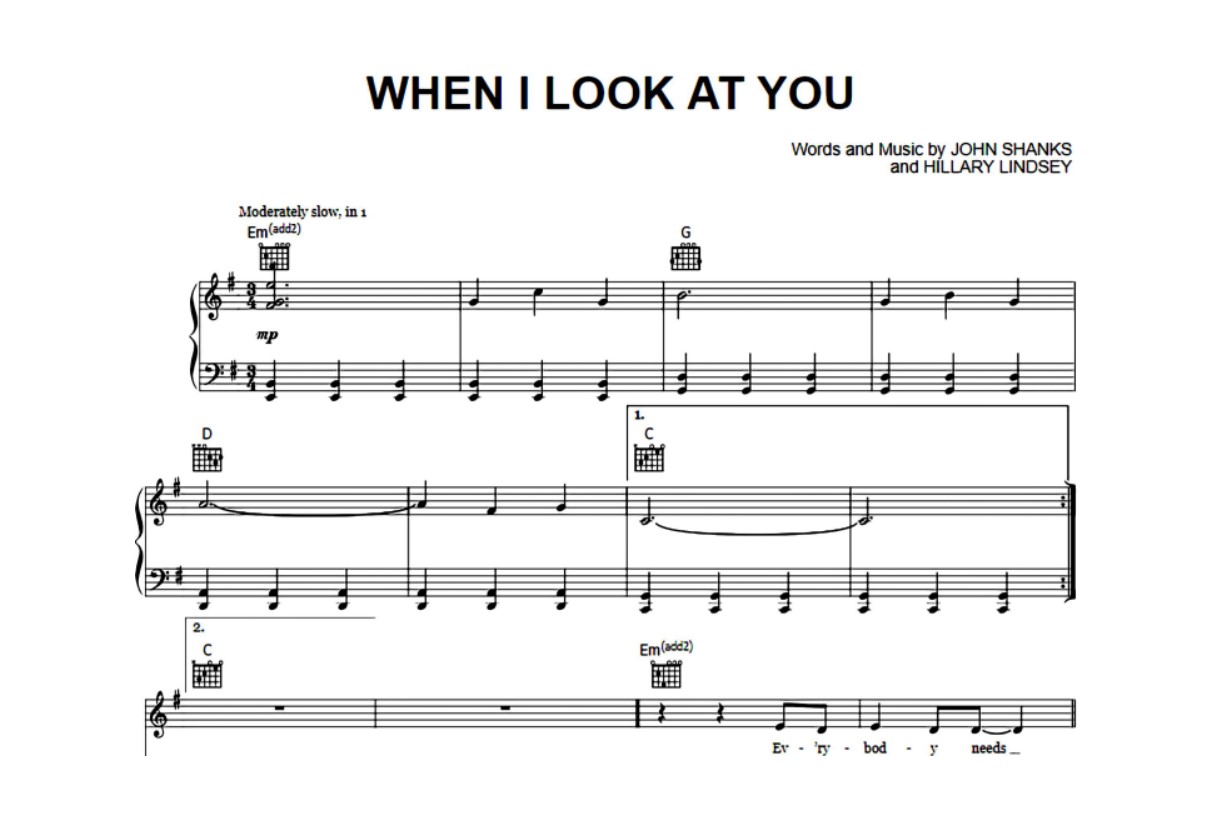Home>Production & Technology>Sheet Music>What Does A Rest Look Like In Sheet Music
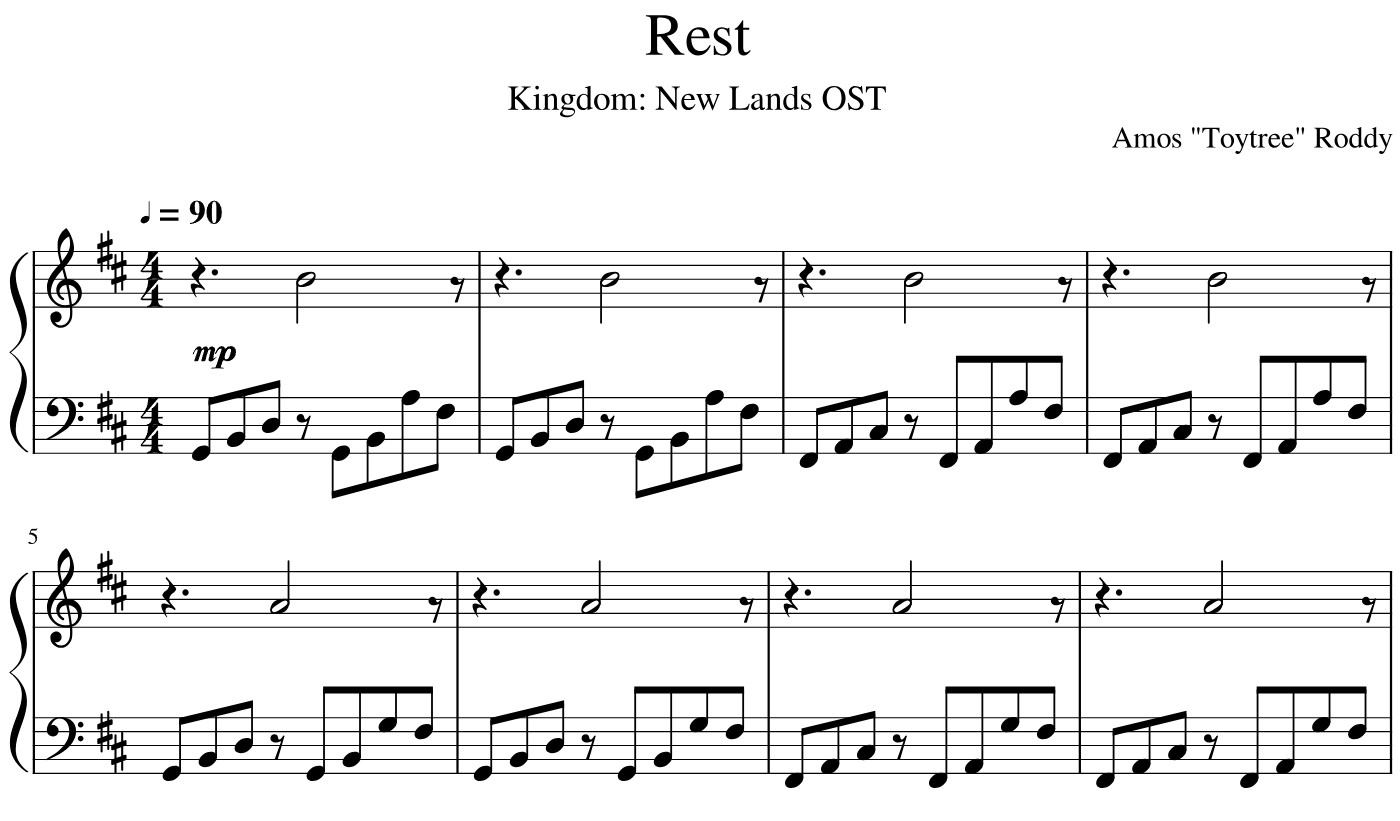

Sheet Music
What Does A Rest Look Like In Sheet Music
Published: December 3, 2023
Discover what a rest looks like in sheet music. Learn how sheet music utilizes rests to indicate moments of silence and pauses in musical compositions.
(Many of the links in this article redirect to a specific reviewed product. Your purchase of these products through affiliate links helps to generate commission for AudioLover.com, at no extra cost. Learn more)
Table of Contents
Introduction
Sheet music is a vital component of the world of music. It serves as a blueprint for musicians, providing them with the necessary instructions to create beautiful melodies and harmonies. Within the musical notation system, rests play a crucial role in defining the rhythm and timing of a composition.
So, what exactly is a rest in sheet music? In simple terms, a rest is a symbol used to indicate a period of silence in a musical piece. It represents a momentary pause that allows musicians to catch their breath, regroup, or prepare for the next sequence of notes.
Understanding rests is essential for both composers and performers. Composers use rests to create rhythmic patterns, while performers rely on rests to accurately interpret and execute the music.
In this article, we will explore the different types of rests commonly found in sheet music, their durations, and how they are notated. We will also delve into how rests are combined and how they are affected by different time signatures. By the end, you will have a comprehensive understanding of rests, enabling you to read and interpret sheet music with greater ease and precision.
Definition of a Rest in Sheet Music
A rest in sheet music is a symbol used to represent a period of silence or a pause in a musical composition. It indicates the absence of sound production during a specific duration of time. Rests are essential for establishing rhythm and timing within a piece of music, allowing for proper articulation and phrasing.
Rests are notated on the musical staff just like notes, but with specific symbols that indicate their duration. These symbols vary depending on the length of silence they represent. By understanding how rests are notated, musicians can accurately interpret and perform the music as intended by the composer.
Rests are an integral part of musical notation, and they are counted and performed just like notes. They are designated with their own time value, denoting how long the pause should be held. The duration of rests are typically measured in relation to the beat or pulse of the music.
It is important to note that rests do not have pitch like notes. They only indicate a duration of silence, allowing the music to breathe and create a sense of musical phrasing. They can be found in various positions on the staff, depending on when the pause occurs in the music.
To properly understand and interpret rests, it is essential to familiarize oneself with the different types of rests and their respective durations. By recognizing these symbols, musicians can utilize rests effectively to create the desired musical expression and rhythm.
Types of Rests
There are several types of rests used in sheet music, each representing a different duration of silence. These rests are classified based on their length and are denoted by specific symbols. The different types of rests include:
- Whole Rest: The whole rest, also known as a semibreve rest, is the longest duration of silence in sheet music. It is represented by a solid rectangle-like symbol positioned below the middle line of the musical staff. The whole rest lasts for the duration of a whole measure or bar.
- Half Rest: The half rest, or minim rest, is the next longest duration of silence. It is depicted by a solid vertical line positioned above the middle line of the musical staff. The half rest lasts for half the duration of a whole rest or a half measure.
- Quarter Rest: The quarter rest, or crotchet rest, is a shorter duration of silence. It is represented by a backward-facing filled curve positioned above the middle line of the staff. The quarter rest lasts for one-fourth of the duration of a whole rest or a quarter of a measure.
- Eighth Rest: The eighth rest, or quaver rest, is even shorter in duration. It is represented by a filled-in curve with a vertical line through it, positioned above the middle line of the staff. The eighth rest lasts for one-eighth of the duration of a whole rest or an eighth of a measure.
- Sixteenth Rest: The sixteenth rest, or semiquaver rest, is the shortest common duration of silence. It is depicted by two filled-in curves with a vertical line through them, positioned above the middle line of the staff. The sixteenth rest lasts for one-sixteenth of the duration of a whole rest or a sixteenth of a measure.
These different types of rests are used in combination to create pauses of varying lengths, allowing for precise rhythmic notations in the music. By understanding the durations and symbols of different rests, musicians can accurately interpret the intended rhythm and timing of a piece.
Whole Rest
The whole rest, also known as a semibreve rest, is the longest duration of silence in sheet music. It is denoted by a solid rectangle-like symbol positioned below the middle line of the musical staff. The whole rest indicates that there should be no sound played or sung for the duration of a whole measure or bar.
Visually, the whole rest is distinctive and easily recognizable. Its position on the staff, below the middle line, ensures clarity and readability. The solid rectangular shape signifies a prolonged silence, allowing the musician to take a momentary pause and gather their thoughts before continuing.
When a whole rest is encountered in sheet music, the performer must remain silent for the entire duration of the rest, counting the beats internally to maintain the correct timing of the music. It’s important to note that although there is no sound produced during a whole rest, the flow and pacing of the music continue.
The whole rest is commonly used in music with longer note durations, such as slow and sustained melodies. It provides a moment of silence, adding tension or contrast to the composition.
In terms of its duration, the whole rest is equal to the value of a whole note or semibreve. In a piece of music with a 4/4 time signature, a whole rest represents a complete measure of silence lasting for four beats.
Understanding and correctly interpreting whole rests is essential for musicians to accurately perform the music as intended by the composer. By recognizing the symbol and knowing its duration, performers can effectively navigate the sheet music and contribute to the overall rhythm and musicality of the composition.
Half Rest
The half rest, also known as a minim rest, is a common symbol used in sheet music to indicate a pause or silence of half the duration of a whole rest. It is represented by a solid vertical line positioned above the middle line of the musical staff.
Visually, the half rest is distinct and easy to identify on the staff. Its position above the middle line ensures clear differentiation from other symbols. The vertical line shape indicates a shorter duration of silence compared to the whole rest.
When a half rest is encountered in sheet music, it signifies that the performer should remain silent for the duration of a half measure or half of the time value of a whole rest. Musicians must count the beats internally during the rest, maintaining the rhythm and timing of the piece.
The half rest is commonly used in a variety of musical genres and styles. It acts as a crucial element in establishing the rhythm, adding a moment of pause and tension to the composition. The precise execution of the half rest ensures that the music flows smoothly and maintains the desired tempo.
In terms of duration, the half rest is equal to the value of a half note or minim. In a piece of music with a 4/4 time signature, the duration of a half rest is two beats.
It is important for musicians to be familiar with the symbol and duration of the half rest to accurately interpret sheet music. By recognizing and understanding this essential element, performers contribute to the overall rhythm and musicality of the piece, creating a cohesive and expressive performance.
Quarter Rest
The quarter rest, also known as a crotchet rest, is a common symbol used in sheet music to indicate a pause or silence of one-fourth the duration of a whole rest. It is represented by a backward-facing filled curve positioned above the middle line of the musical staff.
Visually, the quarter rest is easily identifiable and distinguishable on the staff. Its shape, resembling a backward-facing “C,” ensures clarity and readability. The positioning above the middle line indicates a relatively shorter duration of silence compared to the whole and half rests.
When a quarter rest appears in sheet music, it signifies that the performer should remain silent for the duration of one-fourth of a measure or one-fourth the value of a whole rest. Musicians must count the beats internally during the rest, maintaining the rhythmic pulse and timing of the piece.
The quarter rest is commonly used in a wide range of musical styles and genres. It plays a fundamental role in establishing the rhythm by providing brief moments of pause. The precise execution of the quarter rest ensures that the music maintains a consistent tempo and remains well-articulated.
In terms of duration, the quarter rest is equivalent to the value of a quarter note or crotchet. In a piece of music with a 4/4 time signature, the duration of a quarter rest is one beat.
Understanding and correctly interpreting the symbol and duration of the quarter rest is essential for musicians to accurately perform the music as intended by the composer. By recognizing and observing these rests, performers contribute to the overall rhythmic precision and musical expression of the piece.
Eighth Rest
The eighth rest, also known as a quaver rest, is a common symbol used in sheet music to indicate a pause or silence of one-eighth the duration of a whole rest. It is represented by a filled-in curve with a vertical line through it, positioned above the middle line of the musical staff.
Visually, the eighth rest is easily recognizable on the staff. Its shape, resembling a filled-in curve with a vertical line, ensures clear differentiation from other symbols. The positioning above the middle line indicates a relatively shorter duration of silence compared to the whole, half, and quarter rests.
When an eighth rest is encountered in sheet music, it signifies that the performer should remain silent for one-eighth of a measure or one-eighth the value of a whole rest. Musicians must count the beats internally during the rest, maintaining the rhythm and timing of the piece.
The eighth rest is commonly used in various musical genres and styles, contributing to the overall rhythmic complexity and articulation of the composition. It creates brief moments of pause, allowing for dynamic contrasts and precise execution in faster-paced musical passages.
In terms of duration, the eighth rest is equivalent to the value of an eighth note or quaver. In a piece of music with a 4/4 time signature, the duration of an eighth rest is half a beat.
Understanding and correctly interpreting the symbol and duration of the eighth rest is crucial for musicians to accurately perform the music as intended by the composer. By recognizing and observing these rests, performers contribute to the rhythmic accuracy and overall musicality of the piece, ensuring a cohesive and engaging performance.
Sixteenth Rest
The sixteenth rest, also known as a semiquaver rest, is a symbol used in sheet music to indicate a pause or silence of one-sixteenth the duration of a whole rest. It is represented by two filled-in curves with a vertical line through them, positioned above the middle line of the musical staff.
Visually, the sixteenth rest is distinctive and easily recognizable on the staff. Its shape, consisting of two filled-in curves with a vertical line, sets it apart from other symbols. The positioning above the middle line denotes a relatively shorter duration of silence compared to the whole, half, quarter, and eighth rests.
When a sixteenth rest is encountered in sheet music, it signifies that the performer should remain silent for one-sixteenth of a measure or one-sixteenth the value of a whole rest. Musicians must count the beats internally during the rest, maintaining the rhythm and precision of the piece.
The sixteenth rest is commonly used in music that features quick tempos and intricate rhythmic patterns. It creates short moments of silence, allowing for complex syncopation and embellishment in the composition. Attention to detail and accuracy in counting are crucial when interpreting sixteenth rests, ensuring a cohesive and synchronized performance.
In terms of duration, the sixteenth rest is equivalent to the value of a sixteenth note or semiquaver. In a piece of music with a 4/4 time signature, the duration of a sixteenth rest is one-fourth of a beat.
Understanding and properly interpreting the symbol and duration of the sixteenth rest is essential for musicians to accurately perform the music as intended by the composer. By recognizing and observing these rests, performers contribute to the intricate rhythmic structure and overall musical expression of the piece.
Dotted Rests
In sheet music notation, there exists a variation of rests that are known as dotted rests. These rests, indicated by a dot placed after the rest symbol, alter the duration of the original rest. Dotted rests are used to introduce rhythmic variations and add depth to the musical composition.
The dot placed after a rest increases its duration by one-half. For example, a dotted half rest would have a duration of three beats instead of the original two beats. Similarly, a dotted quarter rest would be equivalent to one-and-a-half beats, and so on.
Like their non-dotted counterparts, dotted rests are positioned on the staff to indicate the duration of silence. The dot placed after the rest symbol is visually distinctive and provides a clear indication of the altered duration.
Dotted rests are particularly useful in music that requires syncopation or irregular rhythmic patterns. They can create a sense of anticipation or tension, adding complexity and interest to the overall composition.
It is essential for musicians to recognize dotted rests in sheet music and understand their impact on the rhythm and timing of the piece. By precisely interpreting and performing dotted rests, musicians contribute to the overall musicality and expressive qualities of the composition.
Understanding and utilizing dotted rests requires knowledge of the specific note values and their corresponding durations. By grasping the concept of dotted rests, musicians can navigate through the intricacies of sheet music and effectively convey the desired rhythmic nuances.
As with any musical notation, it is crucial to pay close attention to the composition and the composer’s intentions. Dotted rests add depth and variety to the rhythm, and by interpreting them accurately, musicians can bring out the true essence of the music.
Combining Rests
In sheet music notation, rests can be combined to create longer durations of silence within a musical composition. When rests are combined, their durations are added together to form a cohesive pause.
Combining rests involves placing multiple rest symbols consecutively on the staff to indicate the total duration of silence. For example, if a quarter rest and an eighth rest are combined, it would signify a pause lasting for the combined value of a quarter note and an eighth note.
The placement of combined rests on the staff follows the same principles as individual rests, with each rest symbol positioned according to its respective placement above or below the middle line. This allows for clear and precise representation of the total duration of silence.
Combining rests is a common practice in music notation to accurately represent rhythms that consist of various note values and rests. It helps maintain the overall structure and timing of the composition, ensuring that performers have a clear understanding of when to pause and for how long.
By accurately interpreting and performing combined rests, musicians contribute to the rhythmic integrity of the music. The ability to read and navigate through combinations of rests is an important skill for musicians, as it allows for a more nuanced and expressive performance.
It is worth noting that while rests are combined in notation, performers must still keep track of the individual durations of each rest component. This ensures precise timing and a seamless transition when moving from a rest to a note or between different rests.
Understanding how to read and interpret combined rests in sheet music is crucial for musicians to accurately portray the intended rhythm and timing of a composition. By mastering this skill, performers can convey the musical phrasing and structure with clarity and coherence.
Rests in Different Time Signatures
Rests play a vital role in establishing the rhythm and timing of a musical composition, and their significance becomes even more apparent when considering different time signatures. Time signatures are numerical notations found at the beginning of a piece of sheet music and indicate the organization of beats within a measure.
Rests in different time signatures follow the same principles as rests in general, but their durations are relative to the specific time signature. The relationship between the beats and rests in a measure contributes to the overall rhythmic structure of the music.
For example, in 4/4 time signature, which is commonly known as common time, the top number indicates that each measure contains four beats. Here, a whole rest would denote a rest for the entire measure, a half rest would represent a pause for two beats, and so on.
In contrast, in 3/4 time signature, commonly known as waltz time, each measure contains three beats. Consequently, a whole rest in 3/4 time represents a pause for three beats, a half rest corresponds to a pause for one-and-a-half beats, and other rests follow suit.
Complex time signatures like 5/4, 7/8, or asymmetric meters provide unique challenges for performers when interpreting rests. Musicians must carefully count and internalize the implied rhythm to accurately execute the rests, ensuring a cohesive performance.
By understanding the relationship between rests and time signatures, musicians can effectively navigate through the rhythmic complexities of a piece of music. It enables them to set the tempo, maintain the desired flow, and convey the intended musical expression.
Interpreting rests in different time signatures requires a solid understanding of rhythmic notation and the ability to internalize the pulse of the music. Developing proficiency in counting and subdividing beats is essential for accurately executing rests and maintaining a steady rhythm throughout the performance.
Rests in different time signatures serve as integral components of musical notation, providing moments of silence and contributing to the overall rhythm and pacing of a composition. Mastery of interpreting these rests leads to a more cohesive and expressive musical performance.
Conclusion
Rests in sheet music are not just empty spaces; they are crucial elements that contribute to the rhythmic structure and overall musicality of a composition. Understanding the different types of rests, their durations, and how they are notated is essential for both composers and performers.
Throughout this article, we have explored the definition of rests in sheet music and discussed various types of rests, including the whole rest, half rest, quarter rest, eighth rest, and sixteenth rest. We have also touched upon the concept of dotted rests and the combination of rests to create longer durations of silence.
We’ve learned that rests serve as moments of silence, allowing musicians to create rhythmic patterns, establish phrasing, and showcase dynamic contrasts in a musical piece. By accurately interpreting and performing rests, musicians maintain the rhythm, timing, and overall structure of the composition.
We’ve also discussed how rests in different time signatures play a vital role in shaping the rhythm and pacing of a musical piece. The relationship between rests and time signatures ensures that performers maintain the desired tempo and convey the intended musical expression.
Ultimately, understanding rests in sheet music enables musicians to effectively communicate and bring out the inherent musicality of a composition. By recognizing and interpreting rests accurately, musicians contribute to a cohesive performance that highlights the nuances and dynamics of the music.
So next time you encounter a rest in sheet music, embrace it as a moment of pause and silence that holds the musical narrative together. Appreciate its importance and use it to enhance your interpretation, capturing the true essence of the composer’s vision.
Remember, rests are not just breaks in the music, but integral components that allow the notes to breathe, creating a musical journey that captivates and moves the listener.

